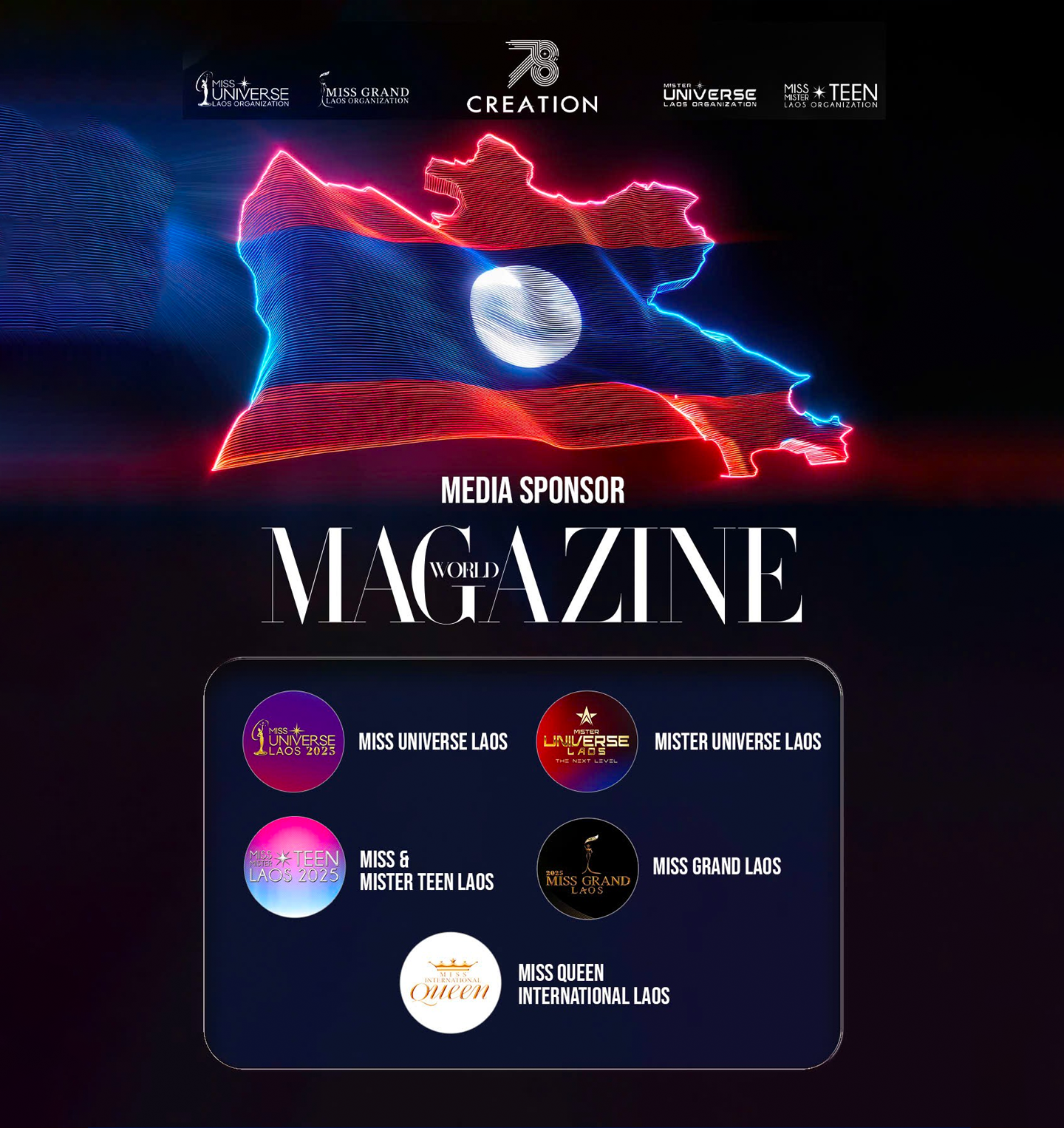Gel manicures are glossy, long-lasting, and low-maintenance—until they’re not. For many of us, the perfect polish comes at the cost of nail health, and escaping the cycle isn’t as easy as switching to regular lacquer. One writer unpacks the love-hate relationship with gel nails, and what it really takes to find balance.
A love story in layers
Not to brag, but my natural nails are the kind you’d think were Photoshopped—sleek, symmetrical, and shaped in a naturally rounded almond. I’ve had nail techs compliment them with the kind of reverence usually reserved for celebrity hands. One even asked if I’d ever considered hand modeling. But here’s the twist: you’d rarely catch me flaunting bare nails.
That’s because I, like many, am hooked on gel polish. I don’t sit in a nail salon every week, but you can bet there’s a fresh LED-cured manicure on my fingers most of the time. With a demanding workday spent typing, cleaning, running errands, and—let’s be honest—accidentally bumping into every surface in sight, I need a polish that doesn’t chip by Thursday. Gel does that. It doesn’t flinch at freezer scrubbing or dishwashing. It doesn’t require careful behavior. And since diving into my boldest nail-art era yet, I’ve found that many intricate designs practically demand gel formulas to hold their shape and shine.
But every infatuation has its dark side. And with gel, it shows up not while wearing it—but in the damage left behind.
The break-up cycle
The trouble is: my natural nails, while camera-ready, aren’t particularly strong. They’re prone to splitting, peeling, and breaking, especially when left bare. So ironically, I turn to gel for protection—and end up causing more damage in the process. Removing the polish, whether via aggressive acetone or the dreaded electric drill, often leaves my nails feeling paper-thin and overly flexible.
I’ve tried to moderate the relationship. I limit myself to one gel manicure a month, followed by a recovery period: either bare nails or a coat of standard polish. I never have this problem with traditional polish—it chips faster, sure, but my nails bounce back easily. Still, I inevitably crave the sleek, enduring gloss of gel again. And just like that, I’m back in the chair, signing up for another round.
Turns out, I’m far from alone. Countless people share this push-pull relationship with gel manicures. “Problems from gel nails often result from incorrect preparation and/or removal of the service, not the product itself,” explains board-certified dermatologist and CND advocate Dr. Sheila Farhang. It’s not the gel that’s inherently evil—it’s how we treat our nails in the process.
Learning to love with boundaries
Determined to break the cycle without quitting gel entirely, I’ve started rethinking my routine. Rather than going cold turkey, I’m focusing on building resilience between appointments. Nail strengthening techniques like Sally Hansen’s Complete Care 7-in-1, Essie’s Hard to Resist, and OPI’s Nail Envy have become staples in my off-weeks. Think of them as therapy for nails—replenishing what the gel takes away.
I’ve also gotten serious about removal. No more peeling or impatient prying. I use acetone wraps when needed but always buffer gently and follow up with oil. It turns out the in-between matters just as much as the main event. A healthy nail bed isn’t just about what polish you use—it’s about how you treat the canvas.
More recently, I’ve explored gentler alternatives: long-wear polishes that don’t require curing, bonding base coats that offer better grip, and even at-home gel systems with peel-off removal. They don’t offer the same bulletproof wear, but they get close—and most importantly, they don’t leave my nails begging for mercy.
The emotional grip of perfect polish
There’s more to this than just aesthetics or convenience. In some ways, gel polish has become a form of armor—one that helps me feel polished (literally and figuratively) even when life feels messy. It’s a 45-minute ritual that results in two weeks of feeling more put-together. That kind of payoff is hard to walk away from.
In the age of hyper-productivity and polished appearances, there’s an emotional comfort in having one thing—your nails—look exactly how you want them to. So even when I know my nails might pay the price, I’m tempted. Just one more time.
But like any addictive habit, the key might not be quitting, but finding balance. Learning to listen to my nails. Giving them space to breathe. Choosing quality over frequency. Knowing that strength, sometimes, comes from restraint.
Final thoughts: redefining what “done” looks like
My on-again, off-again romance with gel polish isn’t ending anytime soon—but it is evolving. I’ve learned to take better care of my nails in the in-between, to choose techs who prioritize nail health, and to not be afraid of a few bare days now and then.
Gel polish isn’t inherently bad. In fact, when done right, it can be part of a healthy routine. But it demands attention, care, and—most of all—intention. If you’re feeling trapped in the cycle, know that you don’t have to give it up entirely. You just have to reframe the relationship.
So no, I haven’t broken up with gel polish. But I’ve stopped letting it control me. And for now, that feels like enough.




